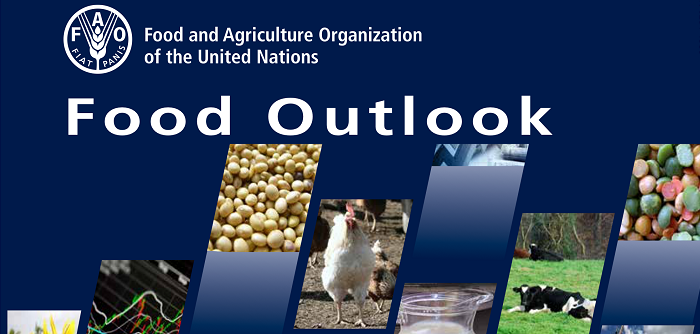World meat production is forecast to stagnate this year at about 321 million tonnes with pigmeat production heading for a marginal decline, according the latest Food Outlook report from the Food and Agriculture Organization (FAO) of the United Nations.
The biannual report, published today, concludes that global food commodity markets are on a stable path for the year ahead, with solid production prospects and abundant stocks pointing to a broadly stable outcome for prices and supplies.
The headline summary on meat, however, points to stagnating production this year with poultry forecast to register some growth, followed by bovine and ovine meat, while pigmeat output “could decline”.
Focusing first on 2016 trade prospects for pigmeat, FAO forecasts a volume increase of 4.4% this year, rising to 7.5 million tonnes.
“Most of the principal importing countries are anticipated to increase their purchases,” it is stated. “This includes Mexico, China, the Russian Federation, the United States, Japan, the Republic of Korea and Australia.
“In response to rising demand, exports are projected to grow, in particular those of the United States, Canada, the EU and Brazil.”
As for the world production of pigmeat in 2016, the report forecasts a marginal decrease of 0.7% to 116.4 million tonnes, with lower output in China seen as the main reason for the global slowdown.
“An unfavourable feed-pork price ratio in the country and new environmental regulations have caused farmers to reduce breeding sows, stalling growth,” it is stated. “China’s production is projected to be 54 million tonnes, down 2.5% from the previous year.”
In a brief comment on European pigmeat, FAO states that the EU is “anticipated” to see sales rise further in 2016, building on the “vibrant growth” experienced in 2015.
It also stated that EU exporters have “adjusted” to the 2014 Russian Federation embargo by seeking alternative markets, in particular in Asia, especially China.
The full report runs to 139 pages, covering all sectors of food production and trade.




